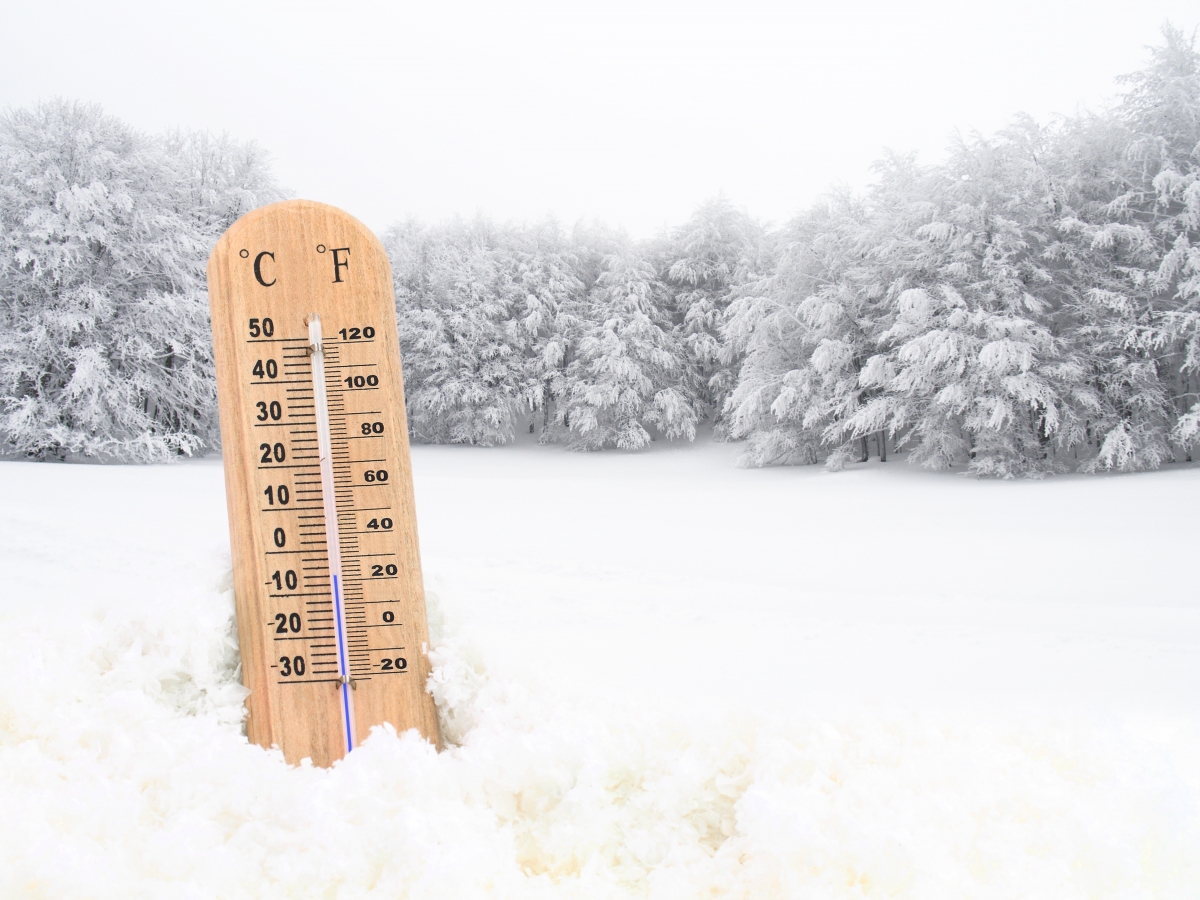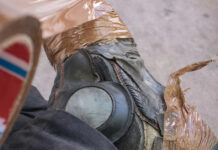It’s 0-degrees F outside, and there are 15mph winds, so you’re a mere 30 minutes away from frostbite. That makes it -19-degrees F with the windchill factor, and it’s only a matter of minutes before your fingers, toes, ears, and nose start to lose feeling. After that, you have to act fast. If the thermometer reads -60-degrees F, you only have about 10 minutes before your skin is in danger. Frostbite can happen more quickly than you think, and this can lead to hypothermia, too. How can you prevent the weather from affecting you, both temporarily and permanently?
Before we can answer that, we must answer this: what is frostbite? This is when your skin starts to feel cold and numb when you’ve been outside in the cold too long. This numbness, along with tingling, redness, “pins and needles” sensations, severe pain, itching, and burning (once your skin heats back up again) are all symptoms. Increased blood flow is what warms you back up, and it’s what cooled you down in the first place. Superficial frostbite is milder and affects the upper layers of the skin. The surface of your skin feels stiff, but the under layers are soft and pliable still. This may appear as white, waxy, and greyish-yellow patches on your skin. Deep frostbite typically affects your hands and feet, and blisters may appear with this, along with the aforementioned symptoms. Moving indoors is the first step you should take, and your next move is seeking medical attention. Frostbite must be managed carefully to prevent permanent tissue damage.
Superficial and deep frostbite are the two stages of frostbite, but an occurrence most of us are probably familiar with is frostnip. Though you may not have heard of this term before, this is when your fingers, toes, nose, and perhaps your ears become red and numb or tingly after being out in the cold. Frostnip is a milder version of frostbite, but is an early warning sign of frostbite, so it shouldn’t be taken lightly. The tingling and redness improve when you warm up your hands, feet, and the rest of your body. To warm up your fingers or toes, get indoors and take off any wet clothes, tight clothes, and jewelry. Place sterile gauze between fingers and toes, if possible, as this will prevent infections. If you’re more than an hour from a hospital, forget the gauze and immerse them in warm water (not too hot) for 20-30 minutes to gradually heat them up. You won’t want to use a heating pad, fireplace, or radiator…since there’s numbness, it’s hard to tell when things get too hot – you could risk accidentally burning your skin. If your sensations do not return or you start to see signs of frostbite, call a doctor immediately.
Similar steps should be taken if you have actual frostbite. Move to an indoor location and warm the heck up. If there’s a chance your skin could get refrozen, do NOT thaw it. If your skin freezes again, severe tissue damage could occur. And we don’t want that! Once you’re indoors and on the road to recovery, bundle yourself up by wearing dry clothes and wrapping up in blankets. Rewarming your skin can be accompanied by burning sensations; blisters, swelling, and red, blue, and purple colors can show up. Once your skin is pink and no longer numb, the area is thawed. Apply sterile dressing to avoid infections, and try to prevent any movements in the affected areas. If you’re trained in first aid, splinting can help.
Who’s at risk?
The best answer to that is…anyone. Anybody can get frostbitten, but the young and old are more at risk. Diabetes patients and those with poor circulation are also more likely to suffer from this, as well as those with certain heart conditions that require beta-blockers. Any condition that involves a decreased blood flow to the skin can get it more easily than others. If you smoke or drink when you’re outside in the freezing cold tundra, of course your chances will increase as well.
Prevention:
Although freezing temperatures causes this dreaded frostbite, increased winds and moisture play a part as well. To keep yourself safe, you need to plan ahead. Start with layering your clothes and include moisture-wicking undershirts to get rid of interior moisture. Carhartt and Dickies t-shirts are great examples that’ll ensure you stay warm and dry. Double up on your thermal socks, too. Fox River socks have your toes covered. Those feet of yours will need a nice pair of insulated boots. They’re great for any avid hunter, and they keep your feet warm in frigid temperatures. Add some Occunomix waterproof insulated overalls and a Polar King jacket to the mix, and you’re almost good to go. When you’re facing the harsh winter weather, you need to have cold weather outerwear that’s windproof and waterproof. A solid exterior shield will maintain a warm environment for the core of your body.
Along with your toes, your fingers need the proper coverage, too. Some insulated Kombi gloves and waterproof Carhartt gloves have fleece lining for added comfort. Mittens allow your fingers to keep each other warm. Knit scarves and hats should top off your neck and head. Sometimes these areas are forgotten, but the brutal winds can impact them all too quickly.
Don’t smoke when you’re outdoors in these conditions either. Smoking constricts your blood vessels. When your fingers and toes start to feel numb, wiggle them. Eating a well-balanced diet can help as well. If you can keep them moving (along with the rest of your body), you’ll keep the blood flowing a lot better within you, which is what keeps you warm. Since you never know when frostbite will strike, it’s a good idea to keep a cold weather emergency kit in your car at all times. This should include extra layers of clothes, blankets, and chemical hand warmers.
Once you’re layered up, you’ll be able to take the coldness head-on. There are some other precautions you should take, though. Check the forecasts ahead of time…you don’t want to get caught out in a blizzard, especially if you’ve forgotten any of your winter gear. Come inside at regular intervals to avoid long exposure times, and if you get wet, get indoors and remove that wet clothing as soon as possible. Wet clothes can lose up to 90% of their insulating value, so you’ll want to get into dry clothes quickly to get your body temperature back up to where it needs to be. Drinking warm fluids (non-alcoholic and caffeine-free) will help maintain your fluid levels.
Have you ever noticed when you get cold that you have to use the restroom more? This is your body trying to take care of your internal organs by keeping them as warm as possible – your extremities are the least of its worries at the time, so that’s why they’re impacted the most initially by freezing temperatures. By keeping all this in mind, you’ll avoid ever getting frostbite. Stay warm and safe out there!




